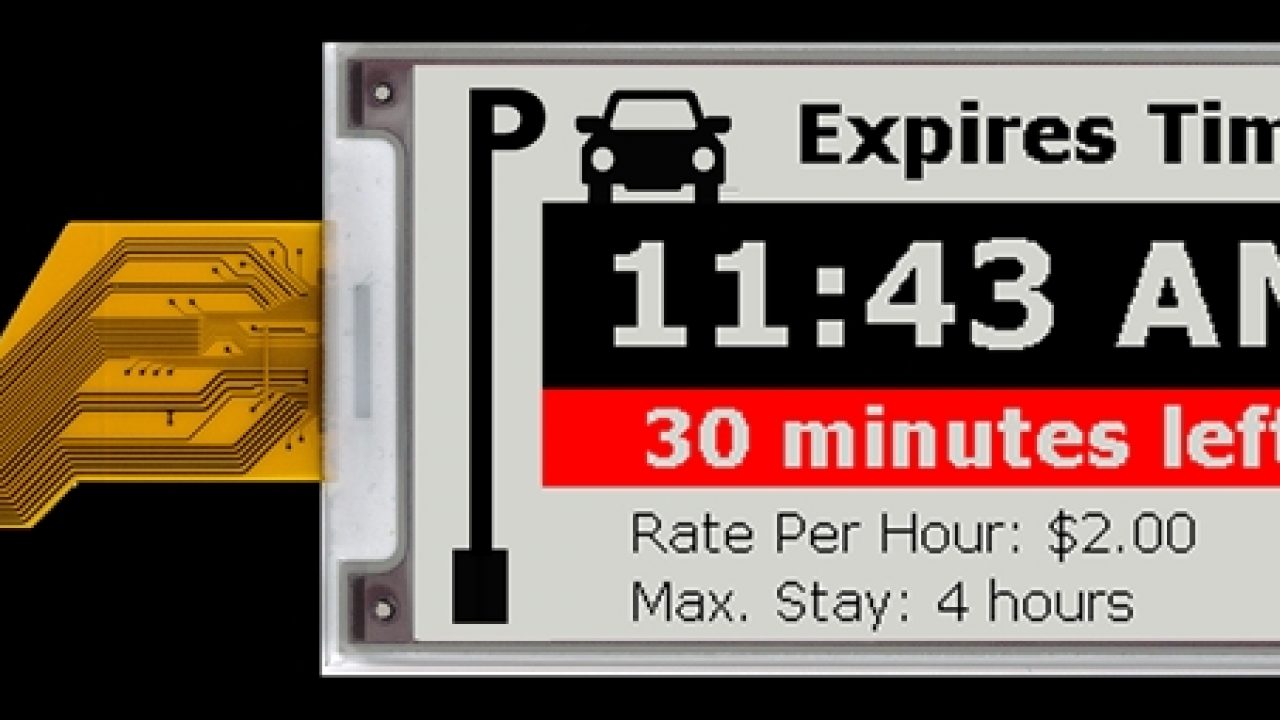
System architectures and infrastructure.Evaluations, case studies, deployments, and experience reports.Research methods for pervasive displays.Content design and information visualisation.Novel technologies and new forms of pervasive displays.The Symposium on Pervasive Displays welcomes work on all areas pertaining to digital displays including, but not limited to: Previous symposia were organized by the Università degli Studi di Palermo, Italy (2019), University of Munich (LMU) Munich, Germany (2018), the Università della Svizzera italiana (USI) Lugano, Switzerland (2017), the University of Oulu, Finland (2016), the German Research Center for Artificial Intelligence (DFKI) in Saarbrücken, Germany (2015), the University of Copenhagen in Denmark (2014), by Google in Mountain View, CA, USA (2013) and by the University of Minho in Porto, Portugal (2012). As a targeted topic venue, Pervasive Displays offers participants a unique opportunity to network with a diverse but focused research community, resulting in an extremely lively event with all the energy and excitement that characterizes the emergence of a new research area. PerDis brings together researchers from various disciplines with a common interest on the opportunities and challenges raised by the emergence of pervasive display systems as a new communication medium for public and semi-public spaces. The Ninth ACM International Symposium on Pervasive Displays (PerDis) will take place in Manchester, UK. The organising and steering committees have made the difficult decision and is sorry to announce that this years poster, demo and video tracks have been cancelled. As a result, we will not be accepting any poster, demo and video submissions this year. All authors will be invited to present their work at MUM 2020.ġ7/04/20 - Update: Poster, Demo and video tracks cancelled However, the papers have been published and are now available in the ACM DL here. Unfortunately there will be no PerDis this year physically or virtually. The safety and well-being of all conference participants is our priority and based on information from the World Health Organisation (WHO) and the Center for Disease Control (CDC) we have decided that a physical event in Manchester this June would be inadvisable. Pervasive Displays increases manufacturing capacity for e-paper displaysĬolour e-paper displays now up to 9.Following extended discussion amongst the PerDis organising and steering committees, we have decided not to hold PerDis 2020 physically or virtually this year. It may also reduce the EPD’s working lifespan.

This impacts on image quality and is clearly detrimental to the user experience. Until now, the drawback of this has been that partial updates can often result in ghosting, where traces of the previous image remain present on the new image. Changes can be implemented within a shorter time frame and there is even potential for simple animations to be displayed. Using partial updates, rather than refreshing every pixel, the rendered information in a smaller section of the EPD can be refreshed. There are, however, certain applications that require rendered information to be refreshed at a quicker rate, while still being viewed.

Here every pixel on the EPD is refreshed, as there are no time pressures and this can be done when the EPD is not being viewed by anyone (such as when the store is closed).
#Pervasive displays update#
In most EPD application scenarios, such as electronic retail shelf labelling, a conventional global update will prove to be sufficient.


 0 kommentar(er)
0 kommentar(er)
